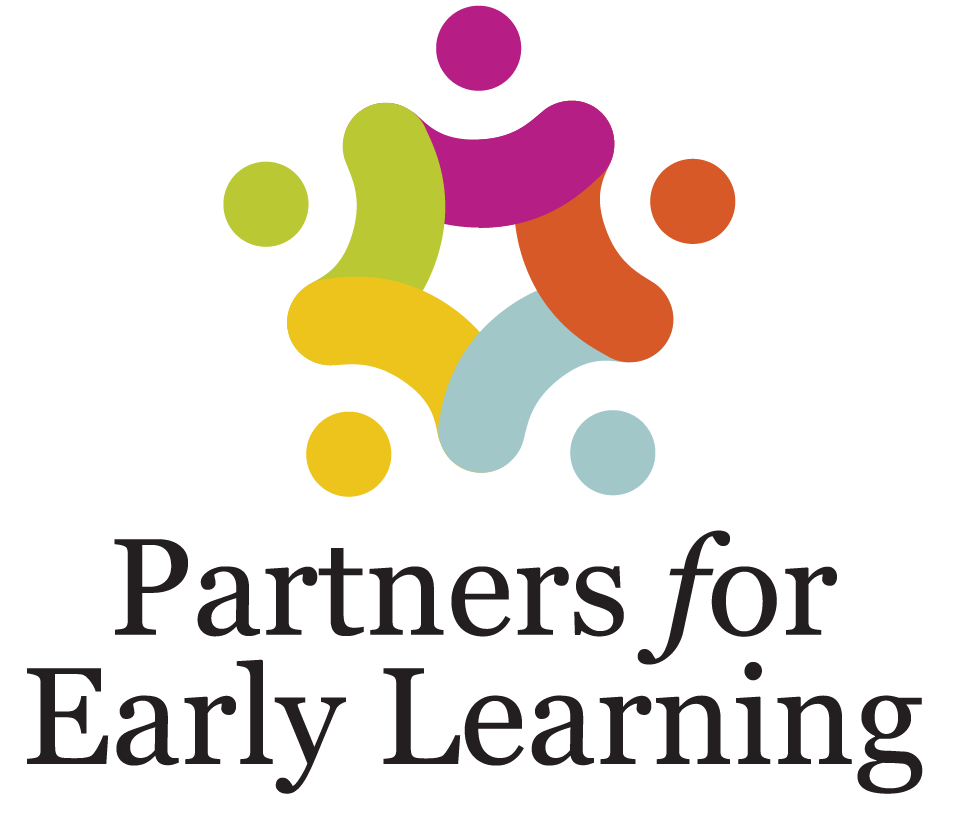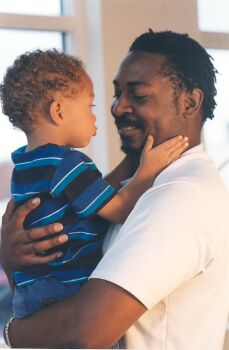Big feelings from little ones
Some days, it just doesn’t pay to be an adult. Your boss gives you another project. A client rejects your work. And as you walk towards your car, you see that the slow leak in the tire has finally become a full-fledged flat. When you arrive home, there is nothing to do but sit on the couch and turn on the television.
Then you notice your toddler standing a few feet away, her brow furrowed with concern. She wobbles toward you, climbs into your lap, and asks, “Mommy, are you okay?” Then she does what she does best—she hugs you. And, of course, it works like a charm. You feel better right away. She’s showing you empathy. And she’s only two years old.
Empathy in baby steps
We all may be born with a biological bent toward empathy. Babies start at birth with the ability to respond to the emotions of others, imitating the facial expressions of their caregivers or bursting into tears if they hear another baby cry. By three months, babies respond differently to happy faces than to sad faces, showing that they can tell the difference between them (Izard, et al., 1995). These responses aren’t empathy yet, but they might be some of the first steps on the path to sharing the feelings of another person.
By the time their first birthdays arrive, young children are going through big changes. Let’s say two babies are playing. On his way to grab a new toy, one little boy stumbles and falls, hurting his leg. What will t the other one-year-old do? Will he notice? Will he pay attention?
He not only notices, but he begins to look quite concerned. He might furrow his brow or stick out his lip. He might feel scared, wondering if something bad will happen to him. These responses are part of another step in the growth of empathy.
In one research study, one-year-olds were shown videotapes of other children crying. The one-year-olds began showing signs of distress, usually by sucking on their hands, their shirts, or a toy (Ungerer, et al., 1990).
Feeling distressed when another person is troubled isn’t quite empathy because feeling bad for yourself doesn’t necessarily mean you feel bad for the other person. But seeing another person crying and then feeling troubled by it is moving closer to empathy.
From hugs and kisses to Band-aids
Around a child’s first birthday, something almost magical happens—they begin to show concern for others. One research study examined children’s responses to emotions as they grew through three age ranges: 13-15 months old, 18-20 months old, and 23-25 months old (Zahn-Waxler, Radke-Yarrow, Wagner, & Chapman, 1992).
To do this study, the researchers trained mothers to become researchers themselves. First, researchers trained the mothers to observe their children’s responses to the emotions of others. But the mothers did more than observe—they also “pretended” to show different emotions to their children and then recorded how they reacted. To add to the mother’s observations, researchers visited once a month and observed the children. Finally, at age two, the mothers and children went to the laboratory, where the mothers would again pretend to be hurt or sad, and the children’s responses were recorded (Zahn-Waxler et al., 1992).
Here’s what they found:
- 13-15 months—More than half the children tried to hug, pat, or touch another person showing distress. Scientists call this “pro-social behavior,” which means that the children not only responded to the emotion they saw but also tried to help the other person feel better. This doesn’t mean that children this young showed empathy all the time—they didn’t—but it shows some early signs of empathy.
- 18-20 months—Children showed more pro-social behavior, and they responded in a wider variety of ways. Some of these included verbal responses (“Are you okay?”), sharing goodies, trying to bring bandages or a blanket, or trying to help in other ways.
- 23-25 months—Children showed even more empathy. All but one of the children in the study expressed concern and helped others, even without the encouragement of a parent or caregiver. And while children mainly showed empathy toward their mothers, they clearly showed concern for strangers, as well (Zahn-Waxler et al., 1992).
A word of caution
Although this research tells a wonderful story, keep something in mind. Even though children as young as 12 months can show empathy, it doesn’t mean they will show it all the time. Sometimes young children might not show empathy at all, and at times they might even laugh when they cause another person distress. It’s important to remember that they are learning about how emotions work, and they will get better at showing empathy as they grow.
Show empathy to your children
Research shows that parenting with empathy and emotional guidance encourages healthy emotional growth. Children are also some of the best copycats around, and they are likely to copy the ways they see you treat people.
Provide simple, clear explanations about how people feel when sad or hurt. This is especially important if your child has caused these feelings in another child (“Carlos feels bad when you call him names”). When this happens, be firm as you explain how these feelings work.
Praise your child’s early expressions of empathy. They are wonderful signs of learning to care about other people. When your child gives up his favorite toy to a younger sibling who’s crying, make sure he knows you appreciate his action.
Don’t expect empathy every time. Young children are still learning how emotions work and how people get along with others. Encourage empathy, but don’t expect perfection.

